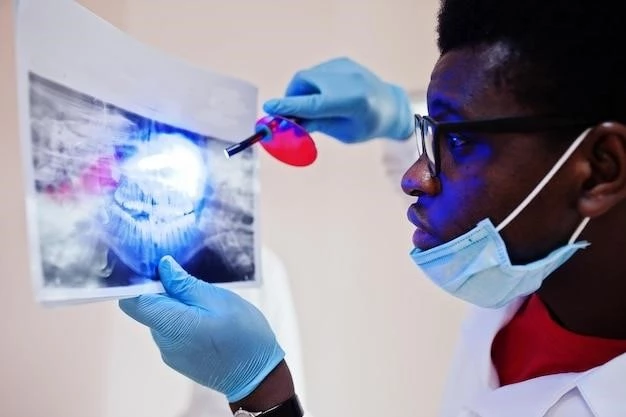Overview of Native American Myopathy
The Bailey-Bloch congenital myopathy, also known as Native American myopathy (NAM), is an autosomal recessive disorder with unique clinical features.
Native American Myopathy (NAM) is an autosomal recessive congenital myopathy first identified in the Lumbee tribe settled in North Carolina. It is characterized by weakness, arthrogryposis, cleft palate, ptosis, short stature, and susceptibility to malignant hyperthermia.
Genetic Basis of Native American Myopathy
Native American Myopathy is associated with mutations in the STAC3 gene. Specifically, a homozygous p.Trp284Ser variant in STAC3 is identified as the cause of this condition.
STAC3 Gene Mutation
The STAC3 gene mutation, specifically the homozygous p.Trp284Ser variant, is the underlying genetic basis of Native American Myopathy (NAM). This variant in the STAC3 gene leads to the unique clinical features associated with the disease.
Clinical Features of the Disease
Native American Myopathy presents symptoms such as weakness, arthrogryposis, cleft palate, ptosis, short stature, and susceptibility to malignant hyperthermia.
Definition and Background
Native American Myopathy (NAM) is an autosomal recessive congenital myopathy that was first identified in the Lumbee tribe settled in North Carolina. It is characterized by a unique set of clinical features, including weakness, arthrogryposis, cleft palate, ptosis, short stature, kyphoscoliosis, talipes deformities, and susceptibility to malignant hyperthermia.
Diagnosis and Management
The diagnosis of Native American Myopathy involves genetic testing for mutations in the STAC3 gene. Management includes supportive care٫ physical therapy٫ and monitoring for complications like malignant hyperthermia.
Diagnostic Process
Diagnosing Native American Myopathy typically involves genetic testing to identify mutations in the STAC3 gene, such as the homozygous p.Trp284Ser variant. Additionally, clinical evaluation of symptoms like weakness, arthrogryposis, cleft palate, and susceptibility to malignant hyperthermia aids in the diagnosis.

Epidemiology and Prevalence
STAC3 Disorder, formerly known as Native American Myopathy, is a rare autosomal recessive condition that was first identified in patients from the Lumbee tribe in North Carolina. With an estimated 50 reported cases worldwide, the condition has been found in various populations beyond the initial Lumbee tribe.
Affected Populations
STAC3 Disorder, initially identified as Native American Myopathy (NAM), was first discovered in Lumbee Native American families with specific clinical features. The condition has been found in various populations globally, expanded beyond the Lumbee tribe.

Research and Specialists
Specialists researching Native American myopathy have contributed to understanding the genetic and clinical aspects of the disease, providing insights into diagnosis, management, and potential therapies.
Experts in Native American Myopathy
Experts specializing in Native American Myopathy have made significant contributions to the understanding of the genetic and clinical aspects of the disease. These specialists are engaged in research, clinical trials, and organizations dedicated to advancing knowledge and treatment options for individuals with Native American Myopathy.
Support and Community
A strong community and support system exist for individuals affected by Native American Myopathy. These groups offer valuable resources, information, and emotional support to patients and their families navigating the challenges associated with the condition.
Disease-Specific Communities
Special disease-specific communities have been established to provide support and resources for individuals and families affected by Native American Myopathy. These communities offer valuable assistance in navigating the challenges associated with the condition and help foster a sense of belonging and understanding among those affected.
Future Prospects and Potential Therapies
Recent research has identified the p.Trp284Ser variant in the STAC3 gene as the cause of Native American Myopathy. This discovery opens avenues for potential therapies aimed at managing the symptoms of this rare genetic disorder.
